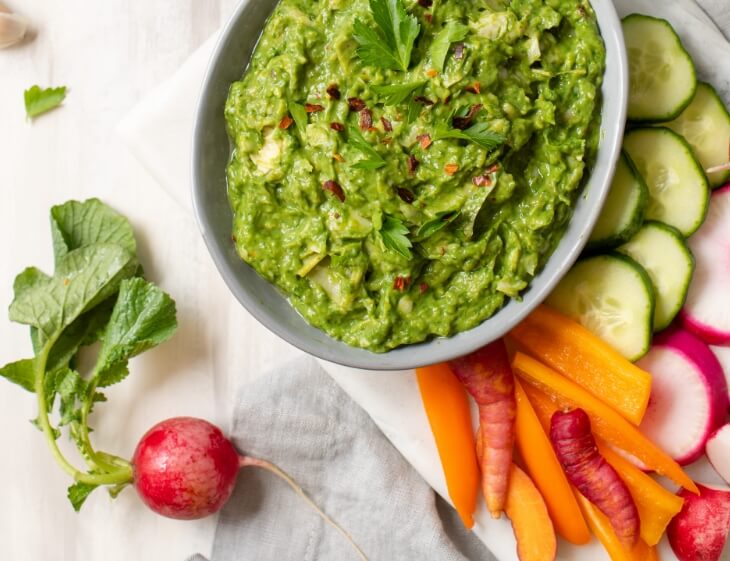Snacks often get a bad rap when managing type 2 diabetes, but they don’t have to be off-limits. Understanding how snacking may affect your appetite, energy level, and blood sugar is crucial. In fact, healthy snacking may help prevent overeating at mealtime and may help you manage your appetite throughout the day.

Is there a healthy snacking formula?
It’s important to snack on food in the right amounts at certain times of the day to keep your blood sugar in a target range. Snacks with low or no carbohydrates and snacks that contain carbohydrates and a combination of protein, fat, or fiber may slow down how quickly your blood sugar rises. Your healthcare provider can help you decide the benefits of snacking at certain times of the day.
Make a healthy snack eating plan.
It’s important to select healthy snacks that will not raise blood sugar or cause weight gain. Nutritious snacks made at home are usually the best. Try creating quick, easy-to-grab options for the week, such as hard-boiled eggs, fresh-cut fruit, veggies, or small salads. Put servings in individual containers. If you like veggie sticks, prepare a small batch of guacamole for dipping.
Unlike most other fruits, a serving of avocado contains zero grams of naturally occurring sugar and does not affect the glycemic response. Plus, avocados are a delicious way to help increase fruit and vegetable intake.

Try these healthy
snack swaps

Swap crackers and dips with carrots and celery, and guacamole.

Swap soft drinks and juice with water or unsweetened tea.

Swap half of a plain bagel with cream cheese with a half of a whole-grain bagel topped with a serving of nutrient-dense avocado.
You’ll be surprised how much of a difference you can make to your diet by swapping out your usual snacks for healthier options while keeping an eye on portion sizes. Work with your certified diabetes educator to determine what’s right for you.




